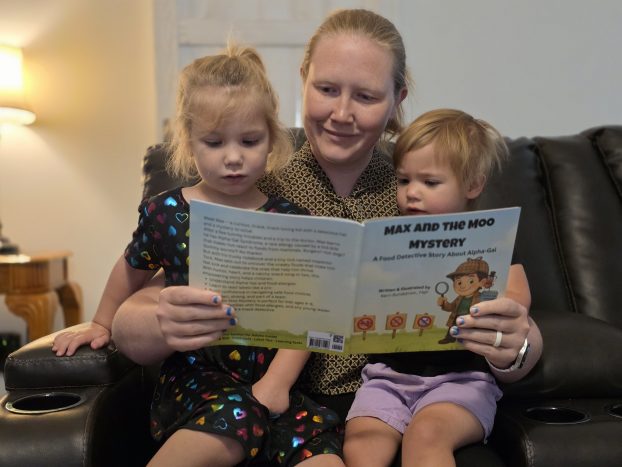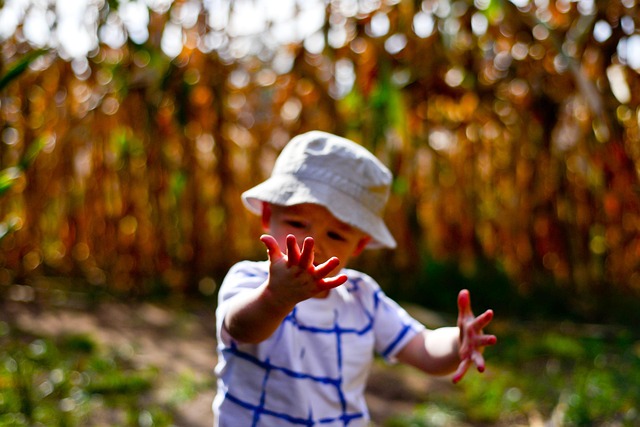‘Sharing the Story’: MLK Day event helps detail Farmville’s history
Published 2:55 am Sunday, January 14, 2024
|
Getting your Trinity Audio player ready...
|
As a community, we are all different. Martin Luther King Jr. dreamed that difference would not matter. We could all be taken care of and be loved. And the Moton Museum serves as a reminder, both of the price of that dream and the ability to make it happen. Now, coming up this Monday, the facility opens its doors to the entire community for a MLK Day celebration. As kids and parents have time off from school and work, the museum and its partners are offering family activities for an opportunity to get out of the house and remember what the day is about.
“We wanted to have families come together on MLK Day, but also to talk about MLK’s legacy and the school lockdown,” said Leah Brown. She works as Moton’s associate director of education and collections.
Details on MLK Day event
The event runs Monday, Jan. 15 from 10:30 a.m. to 12:30 p.m. at the Moton Museum, located at 900 Griffin Blvd. in Farmville. Students will have a scavenger hunt of the Moton galleries, plus they can help members of the Longwood Center for Visual Arts (LCVA) with some art activities.
Trending
There will be crafts available for children from kindergarten through 12th grade. Families can tour the museum and have a chance to work together and create their own art. For the project, Moton partners with Longwood University and the Virginia Children’s Book Festival, as well as the LCVA.
“This event is part of Longwood’s MLK Service Challenge, which encourages students to see MLK Day as a ‘day on, not a day off’ and give back to the community,” said Emily Grabiec. She works as LCVA’s Jacqueline Jardin Wall Director of Education and Outreach.
The main focus is to help residents learn about the many resources the Moton Museum has available for the community throughout the year. Children and parents benefit in different ways from experiencing the workshop. Parents are able to talk to some of the vendors for resources that may be needing or are wanting to learn about. Children have an opportunity to be exposed to Black history and learn through art.
“Black history is American History,” Brown said, adding that the workshop is a celebration of MLK Day and everything Dr. King stood for.
Farmville’s connection to that history
And part of the focus in all of this involves reminding residents about Farmville’s role, both in the civil rights movement and the historic Brown vs. Board of Education U.S. Supreme Court decision, which turns 70 this year.
While long-time residents may remember her, this is for some of our newer readers. Barbara Rose Johns was a 16-year-old high school student who attended Robert Russa Moton High School, the first free-standing segregated high school for African-American students in Prince Edward County. Originally built in 1939, its max capacity was to hold exactly 180 students, but had over 477. As such, there was overcrowding in the classrooms, along with subpar conditions and hand-me-down education materials.
Trending
Johns was one of the first students to do something about that. On April 23, 1951, after months of deliberation and meditation, she decided to lead a strike.
That protest eventually led to a court case being filed. That case was led by Oliver Hill and Spottswood Robinson, who were attorneys in the Richmond branch of the National Association for the Advancement of Colored People (NAACP). However, the attorneys took some convincing to take the job.
Getting in contact
When the students were on strike, Rev. Francis Griffin got Barbara Johns and one of her classmates, Carrie Stokes, in contact with those attorneys. They wrote a letter, pleading with them to take their case.The attorneys were not interested in Prince Edward County. They were actually trying to take a case out in Pulaski, west of here. But they needed to drive through Farmville to get to Pulaski anyway, so they were convinced to stop and hear the students out.
One thousand people packed Farmville’s First Baptist Church for that meeting, which happened on May 3, 1951. Through the persuasion of Johns and Rev. Griffin, as well as the other community members who came out that day, the attorneys agreed to take the case.
The case eventually went to federal court and merged with a number of others out of South Carolina, Delaware, Washington D.C. and Topeka, Kansas. Those five cases combined to form Brown v. Board of Education, using the name of Oliver Brown, who was a plaintiff in the Kansas case.
That history and much more of Farmville’s connection to the civil rights movement, will be on display Monday for people to see.
Editor’s note: Regan Standlick wrote this for the Farmville Herald.






